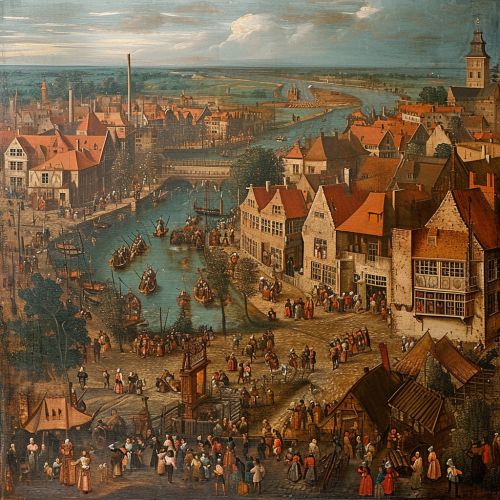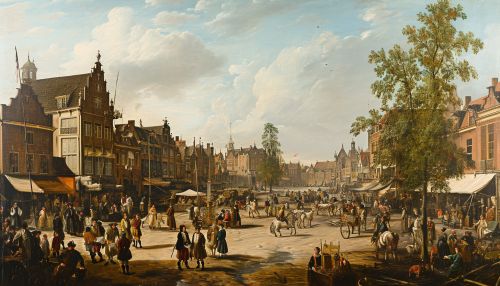Spanish Netherlands
Historical Background
The term "Spanish Netherlands" refers to the period of Habsburg rule in the Low Countries, which lasted from 1556 to 1714. The Low Countries were a part of the larger Habsburg Empire, which also included territories in Central Europe, Italy, and the Americas. The Spanish Netherlands were part of the Spanish Empire until the Treaty of Utrecht in 1713, when they were transferred to the Austrian branch of the House of Habsburg Habsburg Dynasty.


Political Structure
The Spanish Netherlands were governed by a Regent, appointed by the Spanish monarch, who represented the monarch in the Low Countries. The Regent was assisted by a Council of State, which included representatives from the provinces. The political structure of the Spanish Netherlands was characterized by a complex system of checks and balances, with power shared between the monarch, the Regent, and the provincial estates.
Economy
The Spanish Netherlands were a major economic power during the 16th and 17th centuries. The region was known for its textile industry, particularly in the production of wool and linen. The cities of Antwerp and Amsterdam became major trading hubs, with goods from all over the world passing through their ports. The economic prosperity of the Spanish Netherlands was also fueled by the region's extensive network of canals, which facilitated trade and transportation.
Religion
The Spanish Netherlands were predominantly Catholic, but there was also a significant Protestant minority. The Spanish monarchy attempted to suppress Protestantism in the region, leading to a series of religious conflicts known as the Dutch Revolt. The conflict resulted in the division of the Low Countries into the Catholic Spanish Netherlands and the Protestant Dutch Republic.
Cultural Influence
The Spanish Netherlands were a center of cultural and artistic activity during the 16th and 17th centuries. This period, known as the Dutch Golden Age, saw the emergence of notable artists such as Peter Paul Rubens and Anthony van Dyck. The region was also known for its contributions to literature, philosophy, and science.
Decline and Succession
The power of the Spanish Netherlands began to decline in the late 17th century, due in part to the economic competition from England and France. The War of Spanish Succession (1701-1714) resulted in the transfer of the Spanish Netherlands to the Austrian Habsburgs as part of the Treaty of Utrecht.
